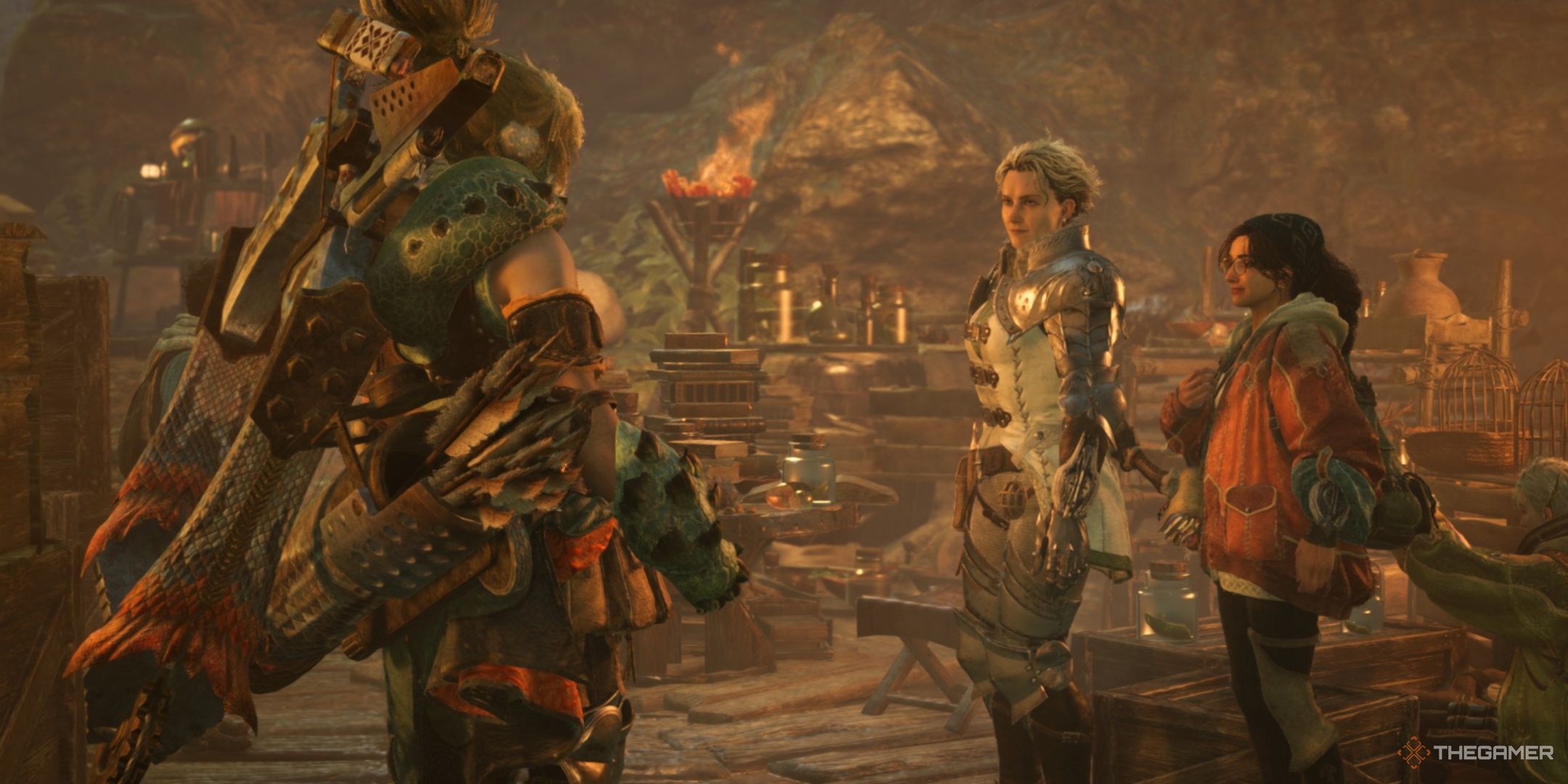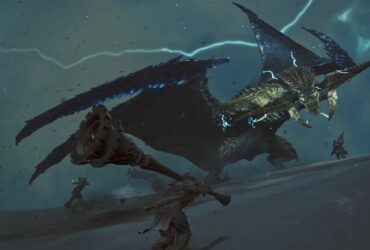When you’re out there hunting in Monster Hunter Wilds, you’ll come across quite a few monsters. All of them are unique and wonderful in their own way, from the most miniscule to the gargantuan. But have you noticed that, sometimes, even the same monster can come in a variety of sizes? That’s where crowns come in.

Related
Monster Hunter Wilds: How To Use The Wishlist
Monster Hunter Wilds makes grinding for resources much easier with the wishlist system.
Every monster has a certain deviation in their size, letting them be bigger or smaller than the standard. How exactly you track that, and what benefit it serves, is a much larger question though. Let’s get into exactly what Crowns represent, and why you’ll want to collect them.
What Are Crowns?
Every single monster in Wilds, excluding certain special ones, have size differences. While there is a standard size they will all come in, they will sometimes fly to the extremes, being considerably bigger or smaller than what you’re used to. This is what Crowns signify.
When a monster is much larger or smaller than normal, you will get a silver or gold Crown. A silver Crown notes that the monster is noticeably a different size than average, but not the greatest deviation they come in. Gold Crowns show that you’ve found a monster at one of the biggest or smallest sizes it comes in. This doesn’t mean it’s the absolute biggest or smallest the monster can be, but close enough to that limit to grant you a gold Crown.
The first Alpha Doshaguma you fight as part of the story is guaranteed to give you a gold Crown.
So why exactly would you gather a gold Crown? Well, why do you do anything in Monster Hunter? It’s mostly for the sake of glory, for being able to say “I did this”. There aren’t any gameplay rewards for these beyond some titles and awards you can display on your Hunter Card. But then fashion and vanity are half the joy in any Monster Hunter title.
Do Sizes Change A Monster’s Strength?
With such extreme size changes possible in a monster, surely this would have an impact on their health or strength. Well thankfully, that’s not the case. Bigger or smaller, a monster is just as fearsome and strudy as they always are. Bigger doesn’t always mean better, after all.
That said, the size differences will have a more obvious effect on hitboxes. Larger monsters will naturally cover more ground, letting their attacks hit you more easily, but letting you more distinctly aim at certain parts as well. The opposite, then, is true of smaller monsters. Their own reach will be shorter, but their diminutive stature makes it harder to aim for specific parts. Mind you, the size deviations are typically never so large as to have to change your strategies all that much.
Tips For Finding Gold Crowns
So, how do we best find Gold Crowns? In previous games, it was simply a case of trial-and-error, hunting a monster and then seeing in the results screen if the monster was bigger or smaller than your previous record. It was a cruel process, and one that Wilds has made significantly easier.
Whip out your binoculars and look at a monster. This will immediately tell you if they’re a bigger or larger size than you’ve battled before. It will even show you in advance if they would be a silver or gold Crown, and if they are miniature or massive. It cuts out all the guesswork and saves you a bunch of time in actually having to hunt these monsters.
After you’ve seen a monster with a crown that you want to hunt, just create a quest for them and get hunting. After they’re defeated, your Field Guide will update with their size, and your Crown will be awarded. Unlike previous games, monster sizes stay consistent in saved Investigations, letting you save them for later if you’re not up for hunting them as soon as you discover them.
You can also save the quest as an Investigation so you can let others join you for multiple runs so they can get gold Crowns as well.

Next
Monster Hunter Wilds: How Many Main Quests Are There?
Monster Hunter Wilds has more of a story focus than usual, and here are how many story quests it has.














Leave a Reply